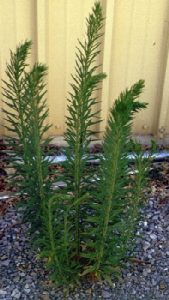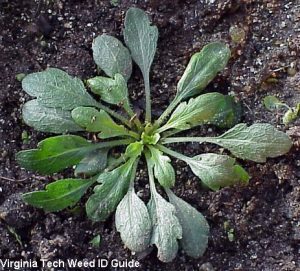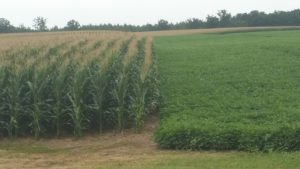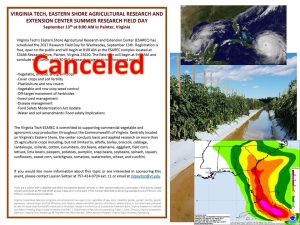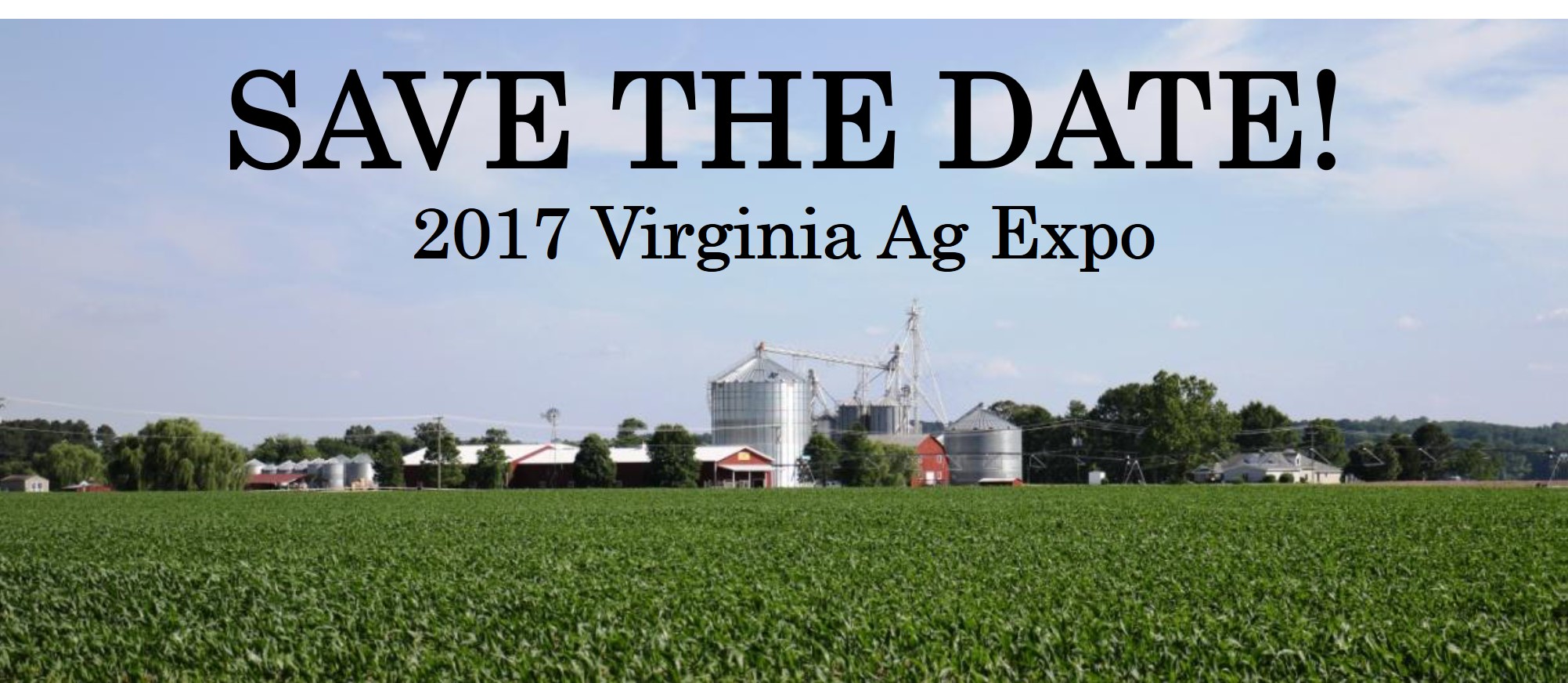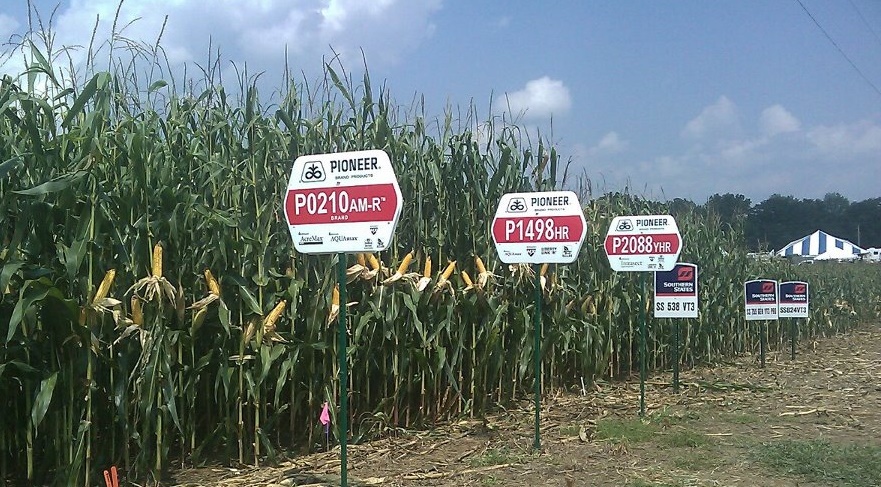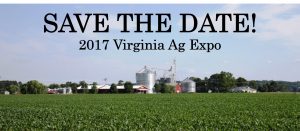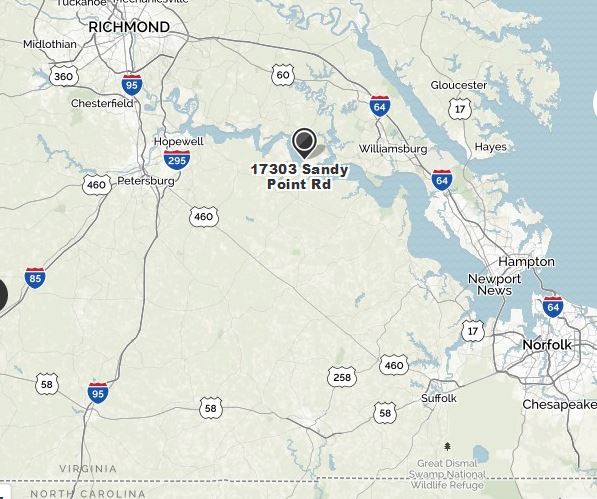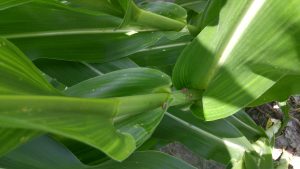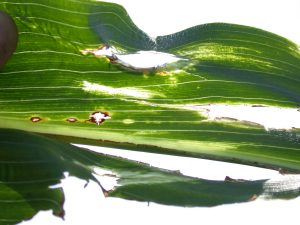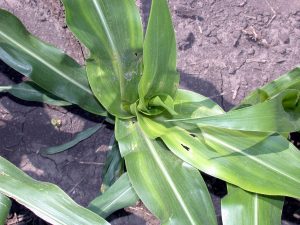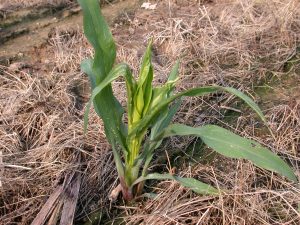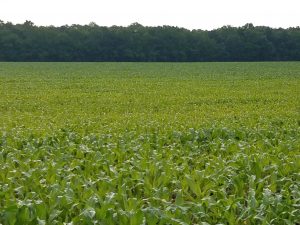Charlie Cahoon and Michael Flessner, Extension Weed Specialists at Virginia Tech
Horseweed or Marestail
Horseweed is a winter or summer annual and a member of the asteraceae family. In the winter annual cycle, horseweed germinates in the fall and overwinters as a basal rosette. The following spring, the rosette bolts, reaching 1.5 to 6 feet in height. While most populations of horseweed in the region emerge in the fall, significant spring emergence can occur under certain conditions. Spring germinating horseweed does not form a rosette. Leaves are alternate, simple, linear to oblanceolate in shape, and lack petioles. Leaf margins are either entire or toothed. Flowers consist of numerous small heads arranged in a panicle with many white ray flowers and 20 to 40 yellow disk flowers. Seed are small and have a pappus of tan to white bristles (resemble dandelion seed). Seed are easily dispersed by the wind, allowing it to quickly spread to nearby fields and within fields.
Herbicide resistance: Regionally, glyphosate- and ALS-resistant horseweed are widespread. If you are unsure of the resistance status in your fields, assume resistance to glyphosate and ALS herbicides. Resistance to Gramoxone (PS I-inhibitor) has been reported in Delaware.
Management: Horseweed is more prevalent in no-till fields compared to fields prepared conventionally. Tillage can be useful in the long-term management of horseweed. Chemical control of horseweed is more consistent when the weed is in the seedling or rosette stage compared to bolting plants. Traditionally, glyphosate and ALS-inhibiting herbicides effectively controlled horseweed, however, biotypes resistant to these herbicides are wide-spread. Chemical control of glyphosate- and ALS-resistant horseweed requires a postemergence herbicide to control emerged horseweed and depending on application timing a residual herbicide for horseweed yet to emerge. Due to the prolonged germination period, horseweed seedlings can emerge 5 to 6 weeks after residual herbicide application, thus fall applications of residual herbicides often have limited effectiveness for spring emergence.
Herbicides used for emerged plants include 2,4-D (1 pt in the fall or 1 qt in the spring), dicamba, Liberty, Sharpen, or Gramoxone plus a triazine herbicide (atrazine or metribuzin). Preliminary research from Virginia and North Carolina suggest Elevore (a new auxin herbicide from Dow) also controls horseweed well. Fourteen days are required between Elevore application and corn or soybean planting and 30 days prior to cotton planting. Herbicides providing residual control include Valor SX, triazine herbicides (atrazine, simazine, and metribuzin), and ALS-inhibiting herbicides (if horseweed is not ALS-resistant).
Horseweed seedlings do not tolerate shade. Thus a well-established cover crop, or dense crop canopy can be very effective to manage horseweed infested fields.
Soybeans: The key to managing horseweed in in soybeans is to control it prior to planting. Horseweed needs to be controlled prior to bolting (grow upright); this may require an application weeks prior to planting. Glyphosate plus 2,4-D (1 qt/A), glyphosate plus dicamba or glyphosate plus Sharpen will effectively control glyphosate- and ALS-resistant horseweed when they are small. Pay attention to rotational restrictions of preplant burndown herbicides when planning burndown applications and planting. If horseweed are susceptible to the ALS-inhibiting herbicides, Classic-containing herbicides (i.e. Canopy, Valor XLT, Envive, Surveil) are effective. If applications are made early pre-plant, herbicides containing Valor SX or metribuzin or the Authority products can be included to provide residual control, or a second application of a non-selective herbicide may be needed at planting. Liberty or Gramoxone also control small horseweed and can be used as a part of the burndown application. If horseweed is present at planting, Gramoxone plus a residual product (Valor SX, Authority products, metribuzin, or Sharpen) is suggested in regions with later emerging horseweed. Foliar applied PPO-inhibiting herbicides (Blazer, Reflex or Flextar, Resource, and Cobra) DO NOT control emerged horseweed. For Liberty Link varieties, Liberty applied postemergence controls small horseweed. Classic and FirstRate are postemergence options where horseweed are susceptible to the ALS-inhibiting herbicides and are small.
Cotton: Like soybean, horseweed needs to be controlled prior to cotton planting. Burndown combinations of glyphosate plus 2,4-D/dicamba plus Valor SX is normally in order. Again, pay attention to plant-back restrictions when timing burndown applications. Glyphosate plus Sharpen is also effective, but requires a long waiting period between application and cotton planting.
Corn: In no-till corn, Gramoxone plus triazine, glyphosate plus atrazine plus 2,4-D or dicamba, and Liberty plus atrazine applied burndown of emerged seedlings and residual control of glyphosate- and ALS-resistant horseweed. Consult labels for waiting interval prior to planting corn. Atrazine alone will provide good residual control of horseweed. Dicamba and 2,4-D are the most effective postemergence herbicides. For small emerged horseweed, foliar applied HPPD-inhibitors or Liberty plus atrazine are effective.
Sorghum: Glyphosate plus Sharpen or Gramoxone plus a triazine applied burndown. Atrazine alone or in combination with Gramoxone applied preemergence for residual control and control of small emerged horseweed. Atrazine can be used postemergence for control of small horseweed. However, similar to corn, 2,4-D and dicamba are the most effective postemergence options.
Small grains: 2,4-D, dicamba, Quelex, or Huskie will provide effective postemergence control of horseweed in small grains. Harmony Extra is also very effective on small horseweed that is susceptible to ALS-inhibiting herbicides.
Fall fallow application: In fields with a history of horseweed, fall applied herbicides can be helpful in managing the weed. However, a fall herbicide application will not substitute for a spring burndown application. Target applications for emerged horseweed plants in the late fall after one to two killing frosts. 2,4-D or dicamba should serve as the base for these applications. Glyphosate is often suggested in combination with 2,4-D and dicamba to control other winter annual weeds.
To see similar information on other problematic weeds consult the Virginia Pest Management Guide: Field Crops at http://pubs.ext.vt.edu/456/456-016/456-016.html or the Mid-Atlantic Field Crop Weed Management Guide at https://extension.psu.edu/mid-atlantic-field-crop-weed-management-guide.
As always, don’t hesitate to contact Michael or myself with any questions or concerns.

